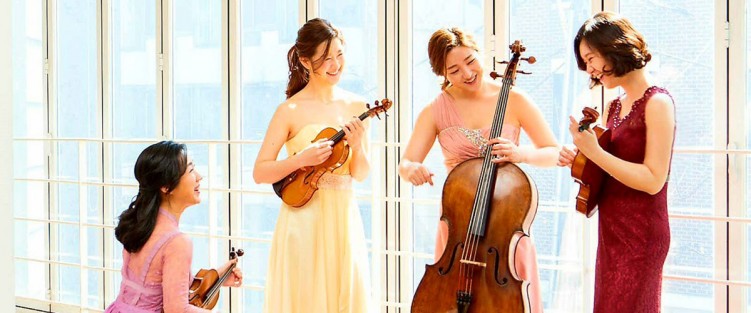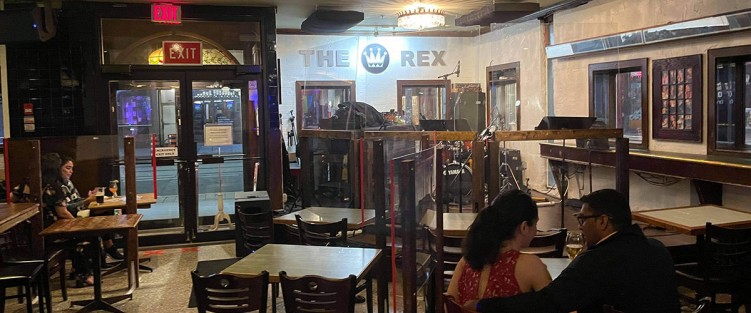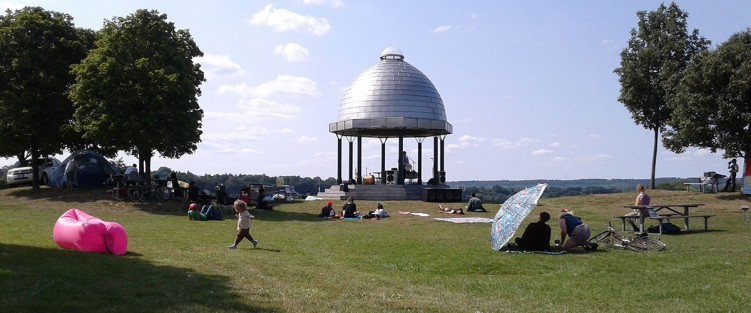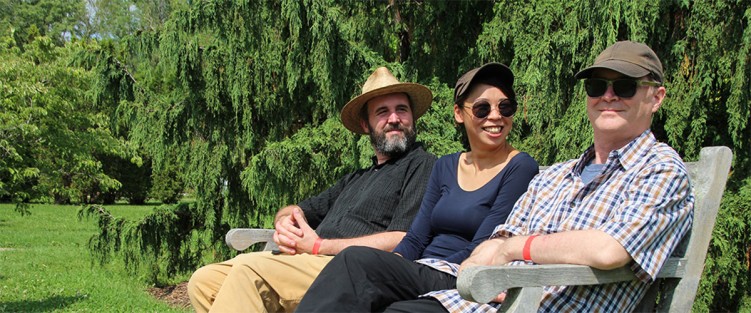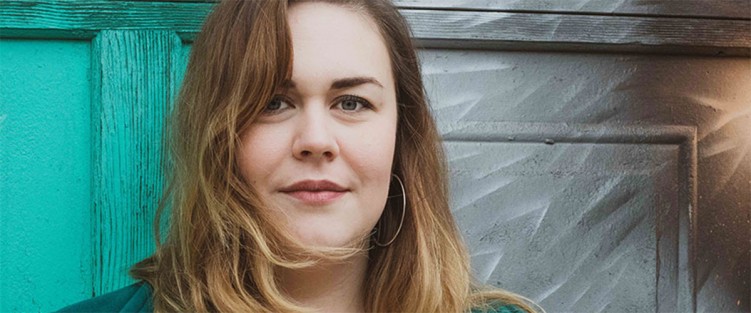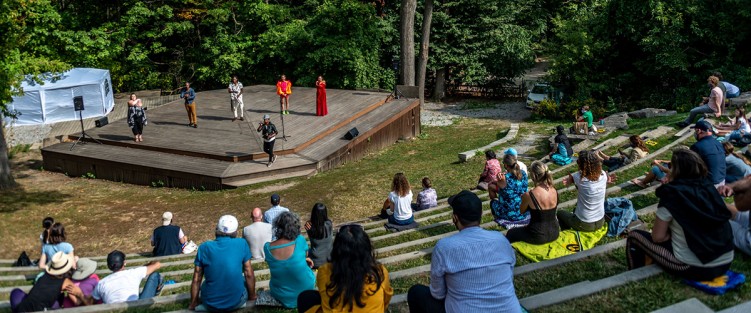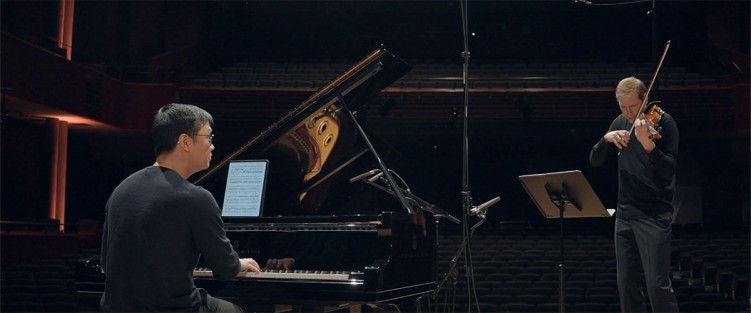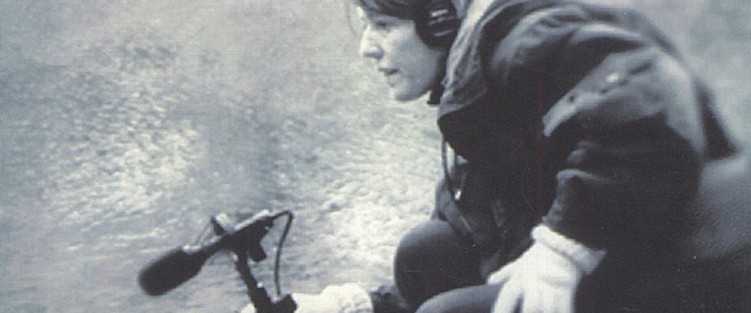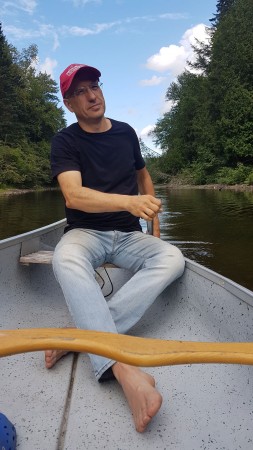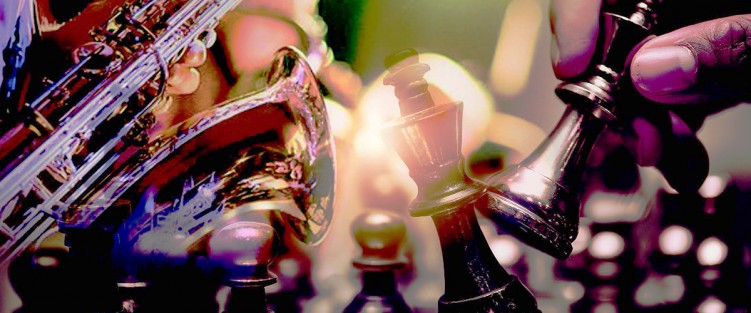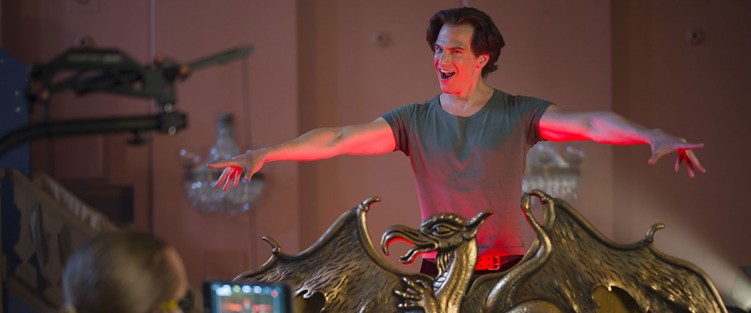“Still Feels Beautiful Every Time” | Small World Music @ 25
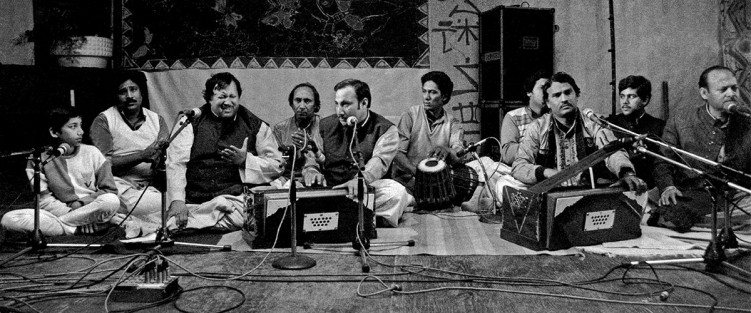 Twenty-five years is a respectable milestone for an organization dealing with culturally diverse music, and Toronto’s veteran leader in this category, Small World Music, is celebrating in style. It has launched “25 for 25”, an ambitious yearlong festival, with the initial September 13 to 19 event lineup consisting of eight online and in-person concerts, plus a panel discussion, Beyond Community, co-presented with BLOK (Eastern European music summit). Three of the events are online, three in-person at Lula Lounge and the rest at DROM Taberna with its patio/parking-lot stage; the musicians being showcased range from emerging to well-known, and include both local and international talent.
Twenty-five years is a respectable milestone for an organization dealing with culturally diverse music, and Toronto’s veteran leader in this category, Small World Music, is celebrating in style. It has launched “25 for 25”, an ambitious yearlong festival, with the initial September 13 to 19 event lineup consisting of eight online and in-person concerts, plus a panel discussion, Beyond Community, co-presented with BLOK (Eastern European music summit). Three of the events are online, three in-person at Lula Lounge and the rest at DROM Taberna with its patio/parking-lot stage; the musicians being showcased range from emerging to well-known, and include both local and international talent.
The Founder’s Journey
When I reached Alan Davis, Small World Music’s founder, on his cellphone he was relaxing at a Georgian Bay cottage, BBQ-ing and soaking in the last hot days of summer. His comments in our wide-ranging talk on his “baby,” Small World Music, were understandably framed within his founder’s perspective. He was eager to share thoughts on his music curating career, with its roots going back to his days at Toronto’s Music Gallery beginning 35 years ago.
As long as I’ve known Alan, his passionate appetite for musical exploration and expression has been fundamental. I reminded him that he was among the first cohort to join Gamelan Toronto in 1995 when I was invited to organize that large community music group by the Indonesian Consulate General, Toronto. “It’s very funny that you mention that,” he replied, “because I literally just had a conversation about it with a new friend last evening, ... about my music practice and how it intersects with Small World, about playing gamelan at the Indonesian Consulate.”


